Based out of Ohio and founded in 1898, Goodyear has been consistently providing customers with a variety of high-quality tires and services.
So if you’ve recently gotten Goodyear tires installed in your vehicle, you may be wondering – how long do Goodyear tires last? Here is what I’ve found out about this!
Goodyear tires last approximately 3 – 4 years of consecutive usage. On average, Goodyear models such as the Assurance, Wrangler, and Eagle Tire families last for 50,000 miles (80,000 kilometers). Goodyear’s treadwear warranty applies to tires that are used with proper care and maintenance.
To find out more about when to replace Goodyear tires, how long do its various types last, how to tell if they are bad, and much more, keep on reading!
Goodyear tires come with a treadwear wear-out warranty, with most tires expected to last for 50,000 miles or 80,000 kilometers.
Depending on the family the tires belong to, the warranty for models such as the Assurance® MaxLife™ can go up to 85,000 miles (140,000 kilometers) as well.
However, keep in mind that the tire lifespan is estimated with the assumption that they are correctly aligned in your car, have proper pressure, and are used under normal conditions.
If these conditions are not met, the tires may not last for the provided treadwear warranty and may wear out earlier than that.
You will have to replace your Goodyear tires when the tread reaches 2/32 inches in depth.
If your tires reach this level of tread, they will be considered worn out (i.e. they have completed their lifespan) and so should be replaced as soon as possible.
You can measure the depth of your tire’s tread using four simple and swift methods, as follows:
Penny Test
Place a penny in your tire groove with Lincoln’s head upside down and facing you.
If you are able to see most of Lincoln’s head on the penny, then your tire depth is below 2/32 inches and you should get the tire replaced.
Quarter Test
Another convenient way to check tread depth is to perform the quarter test.
Simply place a quarter in the tread groove, and if the tread touches Washington’s head, it means that you have 4/32 inches of tread left.
Check the Tire Tread Wear Indicator
A tire tread wear indicator is designed to make it easy to detect whether a tire needs replacing or not.
The indicator is grooved into the tread such that if the tread reaches the level of the indicator (after wear), you should get the tire replaced.
Measuring with a Tread Depth Gauge
A standard tread depth gauge will measure in 32nds of an inch, or 25-26 in millimeters.
Some gauges have a needle-like design with a portion that expands to measure tread depth.
Note that since tires wear unevenly, the measurements should be done in various locations around the tire.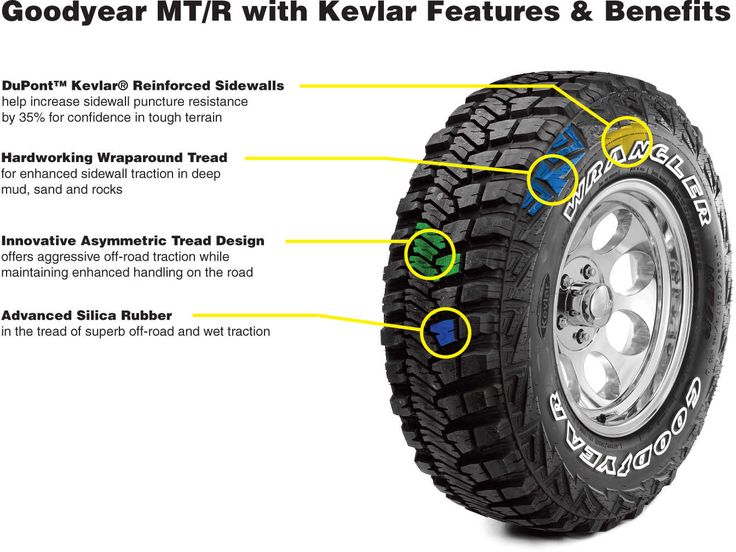
Even if you don’t regularly check your tires, it’s still important to keep an eye out for signs of potential issues and inspect your tires at least once a month.
Other than that, here are guidelines on how you should act in certain situations to prolong the life of your tires:
Goodyear’s Wrangler family of tires includes various models, with the treadwear warranty ranging between 45,000 and 65,000 miles, or 75,000 and 105,000 kilometers.
Here are several notable models sold under the Goodyear Wrangler tires family, along with their treadwear warranties:
Goodyear’s Eagle Tires are targeted towards racing enthusiasts, with treadwear warranties that range primarily between 45,000 and 50,000 miles.
Here are some models and their treadwear warranties from Goodyear’s Eagle Tires family:
Goodyear’s Assurance family of tires is targeted towards people who want long-lasting tires, with treadwear warranties falling on the higher side, i.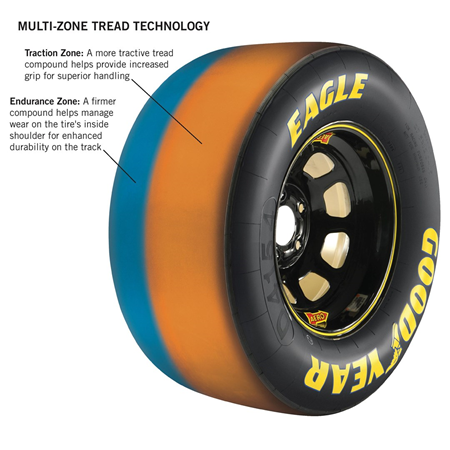 e. between 60,000 and 85,000 miles.
e. between 60,000 and 85,000 miles.
In kilometers, this range turns out to lie between 95,000 and 140,000 kilometers.
Here are several notable tire models from Goodyear’s Assurance Tires family:
Goodyear’s Unisteel RST Radial Tires are popular in the RV community as one of the most durable and long-lasting tires for RVs.
These tires can get you a lifespan of 12,000 to 15,000 miles or 19,000 to 24,000 kilometers, i.e. last for about 3-4 years of regular use.
Goodyear Viva 3 tires don’t have great reviews from customers. Although the warranty says they are great up to 60,000 miles, many have stated that they don’t last this long.
Additionally, some have stated that even after proper tire pressure and constant care, the tires lasted up to 20,000 miles only.
Goodyear tires have made it to the top 10 tire brands list and are known for their durability, allowing race cars to speed up to 200 mph.
The brand has also received appreciation for the exceptional wear-resistance of its tires, as tried and tested by Consumer Report’s treadwear test.
Additionally, Goodyear has earned a great brand image in the market due to the firm grip of its tires and highly responsive handling.
To know more about tires, you can also see our posts on how long do Pirelli tires last, how long do performance tires last, and how long do Hankook tires last.
Goodyear tires last approximately 3-4 years of consecutive usage, as long as they receive good maintenance and care.
However, each type of tire has a different life span and different conditions.
Apart from that, Goodyear has also made it to the top 10 tire brands and has a great reputation in the market, resulting in an increase in the number of customers.
It is impossible to predict when a tire should be replaced based on its calendar age alone. Although no widely accepted scientific research exists to show that chronological aging alone adversely affects a tire, and if so, how those effects occur, over what time period, etc., the longer a tire is in service, the more opportunities there are for it to be exposed to adverse environmental or service conditions. Therefore, the older a tire the greater the chance that it will need to be replaced due to service-related or storage conditions.
Therefore, the older a tire the greater the chance that it will need to be replaced due to service-related or storage conditions.
While most tires will be replaced sooner, Goodyear recommends that any tire in service (meaning inflated and mounted on a rim of your vehicle, including your spare tire regardless of whether that tire is in contact with the roadway) 6 years or more be replaced even if such tire appears serviceable and even if it has not reached the legal treadwear limit. If you are unable to determine the date a tire was first placed in service, then you should rely on the DOT code stamped on the tire and ensure that any tire which was manufactured more than 6 years ago is removed from service (see below for how to read a tire's DOT code). Tires that should otherwise be replaced based on wear, damage or any other factor should not be kept in service regardless of the date they were first placed in service or their date of manufacture. Also, consumers should never purchase or install used tires of any age on their vehicle as the service, maintenance and storage of used tires is largely unknown.
Also, consumers should never purchase or install used tires of any age on their vehicle as the service, maintenance and storage of used tires is largely unknown.
Various automobile manufacturers have published statements and instructions regarding tire service life, which include tire replacement recommendations based on chronological age. Goodyear advises that consumers refer to their owners' manuals for guidance on the vehicle manufacturer's replacement recommendations (but regardless of any such vehicle manufacturer's advice, any tire's replacement period should not exceed 6 years from the date the tire is placed in service or 6 years from the date included in the DOT code on the sidewall of the tire if you are unable to determine the date the tire was first placed in service).
Weather cracking is a naturally occurring condition that results from exposure to heat and sunlight. Goodyear's warranty
for weather cracking is four years from purchase date (or four years from manufacture date if proof of purchase is not
available).
Weather cracking is common in RV tires from all manufacturers.
When should the tire be replaced?
Without evidence of weather cracking, use the following as a gauge:
Tread depth is an indication of whether the tire can safely remain in service.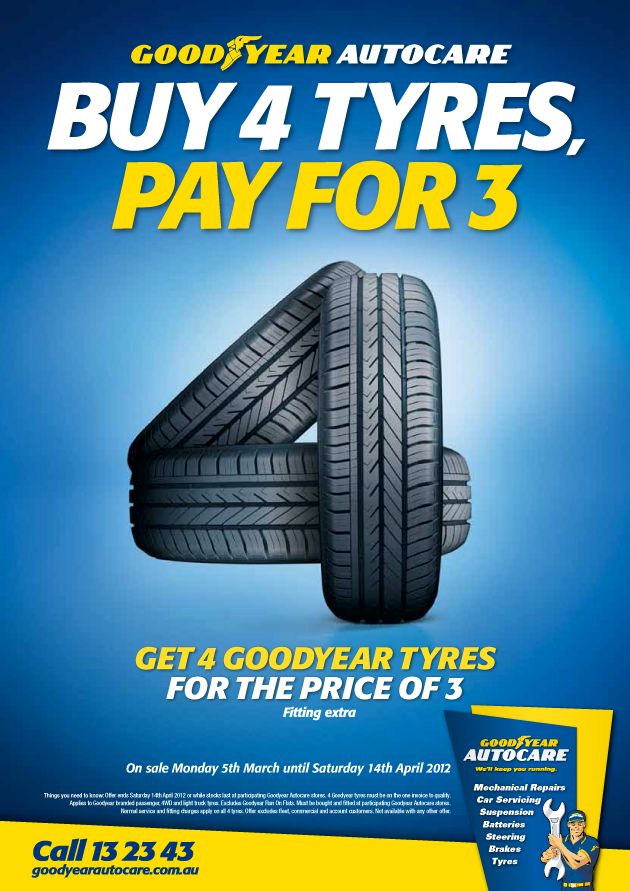 Less than 6/32" tread depth may require
replacement to maintain sufficient traction and handling performance. Consult your local Goodyear RV tire retailer to confirm
that your tires need replacement if you measure less than 6/32" tread depth remaining.
Less than 6/32" tread depth may require
replacement to maintain sufficient traction and handling performance. Consult your local Goodyear RV tire retailer to confirm
that your tires need replacement if you measure less than 6/32" tread depth remaining.
Satisfactory casing quality is another gauge of a tire's overall condition. Casing quality relates to inner liner wrinkles, tire repairs or any visual signs of tire abuse (sidewall cuts or scuffs etc).
RV Inflation Guide >
Download Load Inflation Table >
Download RV Tire & Care Guide >
Goodyear RV Tire Brochure >
Consumer disputes over the age of tires have not subsided for several seasons.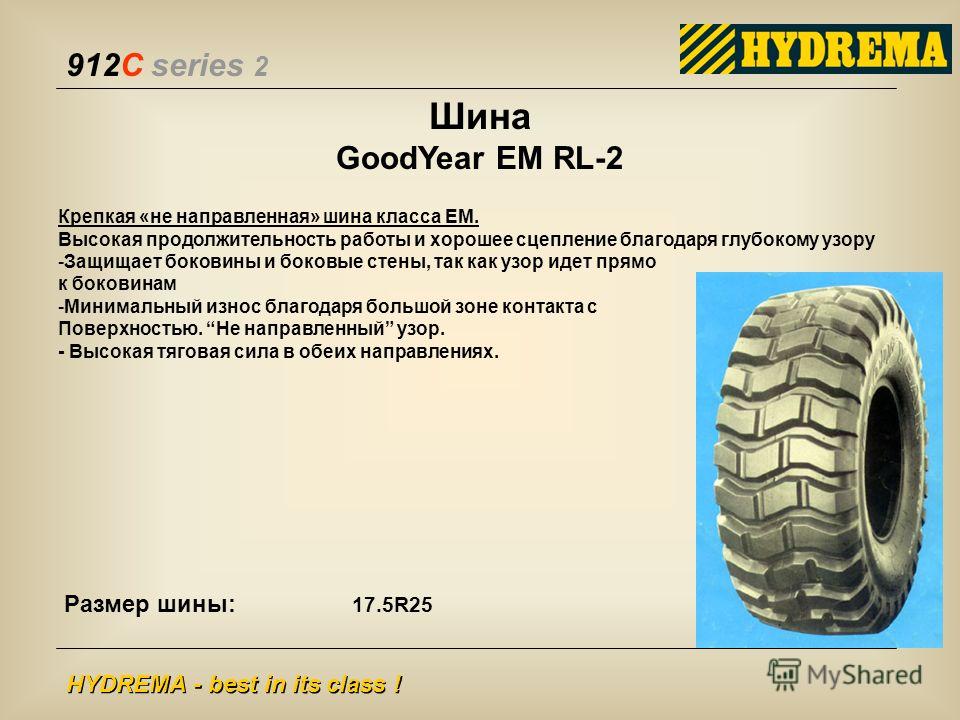 Buyers are excited that the warranty period for tires is limited to 5-6 years according to GOST, and after the expiration of this period, the rubber becomes unusable.
Buyers are excited that the warranty period for tires is limited to 5-6 years according to GOST, and after the expiration of this period, the rubber becomes unusable.
Is this really the case, read this article.
Manufacturers of most brands on their products set Shelf life is 5 years and service life is also 5 years .
The shelf life of a tire is the period during which it retains its performance when properly stored.
The end of this period does not mean that the tires have become unusable . A shelf life of 5 years is given by manufacturers because, by law, they cannot set a shelf life higher than the service life. Tires over 5 years of storage cannot be called damaged or defective, their technical characteristics may be slightly reduced. American researchers argue that the period of storage of "shoes" must be at least 10 years. Experts from Germany are sure that it cannot exceed 6 years.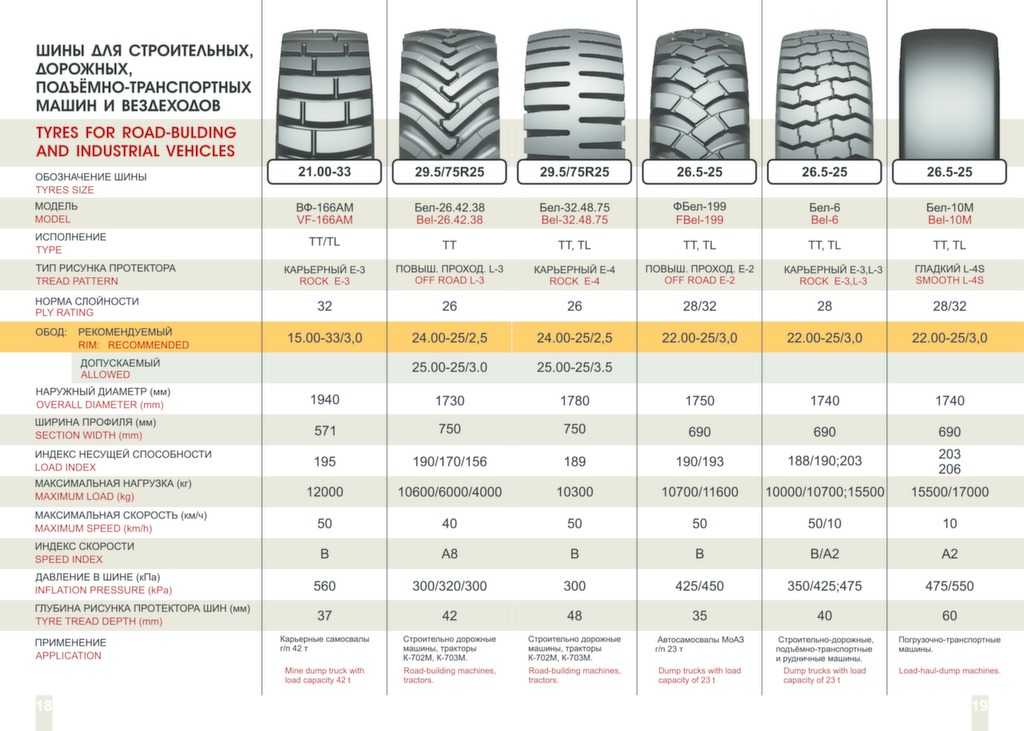 nine0003
nine0003
The expiration date of tires is the warranty period during which the manufacturer is responsible for the quality and condition of the tire if it was used for its intended purpose without violating the operating rules.
According to Russian legislation (GOST 5513, GOST 4754-97) , the service life of tires is 5 years from the date of manufacture.
How can I find out the date of manufacture of tires? nine0010
You can find out the age of tires by a special DOT code. Tires manufactured after 2000 in the DOT code contain two pairs of numbers, where the first pair indicates the week number of the year, and the second pair indicates the year. Earlier tires before 2000 have 3 numbers in their composition, where the first two digits are the week number, and the last one is the year (see the transcript in the photo).
Determination of the average shelf life of a tire according to GOST and operating conditions. nine0010
nine0010
- The symbol ZR denotes tires for high-speed cars. They are recommended to be used at speeds over 240 km/h. up to 6 years
- Tires with the H symbol are used at a maximum speed of 210 km/h. within 5 years.
- The sign S symbolizes the maximum permissible speed of 180 km/h. and operational period of 4-5 years.
Most tire manufacturers do not agree that tire life is limited to 5 years. Each company has its own opinion on this matter. We analyzed several of them and the information they posted on their official websites. nine0003
Michelin
The French tire manufacturer Michelin has become famous for its active fight against the perception of the rapid aging of tires as a perishable product. Her information campaign "Tires Are Not Bananas" created a lot of noise in the automotive environment. According to the representative office, several test trials were carried out in Saudi Arabia, South Korea and Germany. As a result of testing, no difference was found between new tires and tires stored for 3 years. They were tested for various characteristics such as rolling resistance, high speed durability, etc. Tires with a year life were approximately equal in performance to 10-year unused tyres. nine0003
As a result of testing, no difference was found between new tires and tires stored for 3 years. They were tested for various characteristics such as rolling resistance, high speed durability, etc. Tires with a year life were approximately equal in performance to 10-year unused tyres. nine0003
Michelin focuses the attention of car owners on the fact that tires are not a perishable product, their shelf life is not as important as the service life is important, starting from the date the tires are installed on the rims. It is from this moment that the tire is subjected to all tests: pressure, temperature changes, wear, contact with uneven and sharp coatings, etc.
Continental
On the Russian official website of Continental, we found the following information on the expiration dates of tires.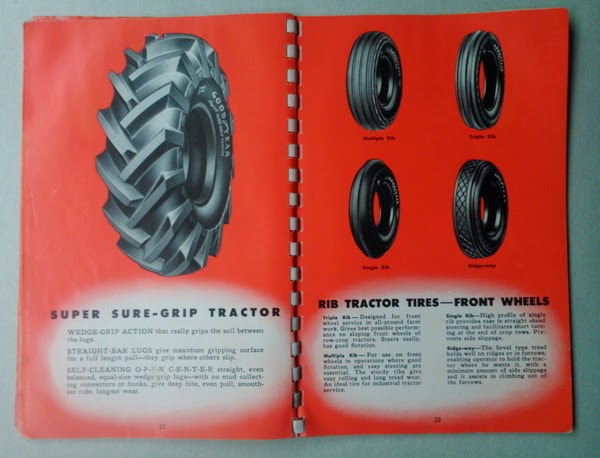 nine0003
nine0003
“When a tire is stored in the correct position and under the recommended conditions, it will not lose its original balanced performance for 5 years from the date of manufacture of the tire.
A properly maintained, unused tire less than 5 years old can be sold as a new tire and used normally.
Continental recommends replacing all tires (including spares) with a sidewall date greater than 10 years. nine0003
Nokian
The following information is posted on the Nokian official website:
“Tire life is not defined by law, but tires can only be considered “new” if they have been manufactured within the last five years. The recommended service life of tires is six years and the recommended maximum period is 10 years.
The opinion of our specialists, based on many years of experience, coincides with the opinion of manufacturers: the shelf life is 5 years + the service life is up to 10 years. Moreover, more "adult" tires, in our opinion, are of better quality.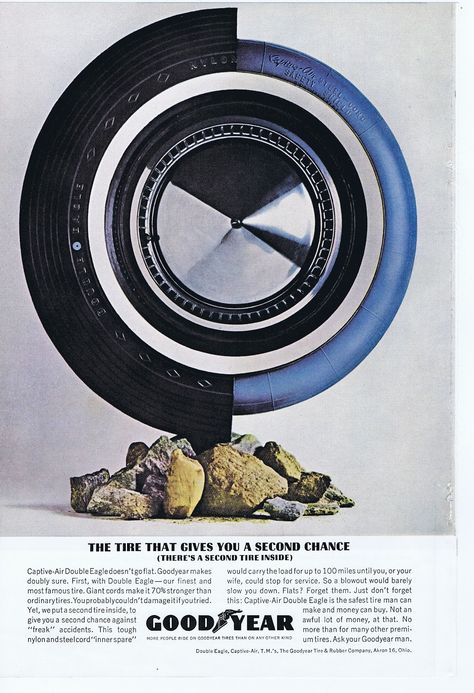 nine0003
nine0003
To keep tires as long as possible, they are stored in compliance with all rules and recommendations. The main condition is a cool, ventilated, darkened room away from oils, paints, ozone, and heat sources.
Rubber products tend to lose their performance over the years. To prevent and slow down this process, manufacturers add polymers to the rubber compound. They prevent oxidative processes that occur due to the interaction of protectors with oxygen and ozone. nine0003
The following are the main conditions for the proper storage of tires in accordance with GOST 24779-81:
Maintaining a constant regime without sudden jumps, slight temperature fluctuations from -30°С to +35°С are allowed;
Provide a low humidity level of 50-80% in a dry, ventilated cool room;
Avoid direct sunlight, use darkened hangars, shield heat sources; nine0003
Keep away from sources of heat;
Tires should not come into contact with corrosive, copper materials.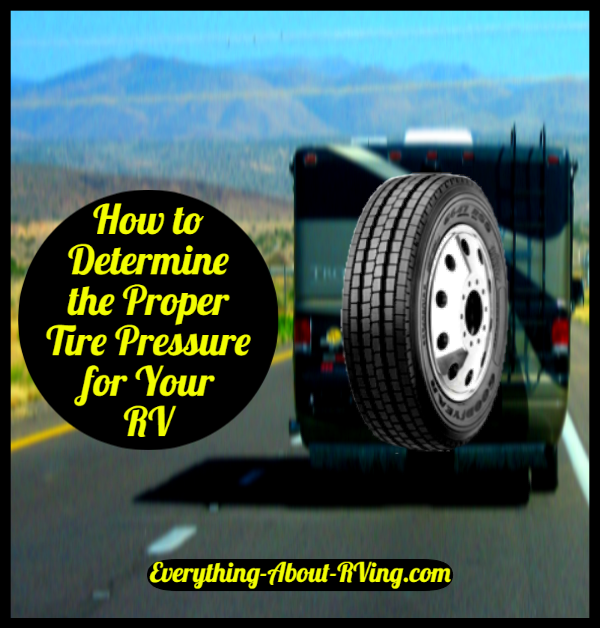
Avoid kinking, loading or positioning on an uneven surface.
Avoid contact with oils, organic solvents, acids, alkalis, fuels and lubricants on the tire surface. It is forbidden to lay tires on a wet and dirty surface. nine0003
In the warm season, when storing tires outside, they should be covered with light-tight material and raised above ground level to ensure ventilation and prevent the occurrence of the greenhouse effect.
Storage on reflective, light and heat absorbing surfaces is prohibited.
Keep away from chemicals, oils, paints, open flames, electric motors that produce ozone. nine0003
Used tires must be washed and dried.
Tires without rims should be stored upright.
The service life depends on many factors: the load on the car, the quality of the roads, the driving style, the distance traveled, tire damage, etc. To increase their service life, follow these rules: nine0003
Check tire pressure every 2-3 weeks. With reduced pressure, tire wear increases by the equivalent of a % reduction. For example, a 15% reduction in pressure can result in a 15% reduction in service life. Inflated tires are less scary.
The wear of the front tires is always significantly higher than the rear ones, so it is recommended to swap them after some time, carefully monitoring the direction of the tread pattern and the direction of rotation. nine0003
Proper alignment of tires in relation to rims. If the direction is not the same, then performance is significantly reduced.
To prevent damage to the sidewalls of tires, avoid close proximity to curbs and high ledges.
Wash off dirt from the surface of the rubber and from deep grooves with special cleaning agents. nine0003
Adhere to an even driving style without harsh brakes and quick starts.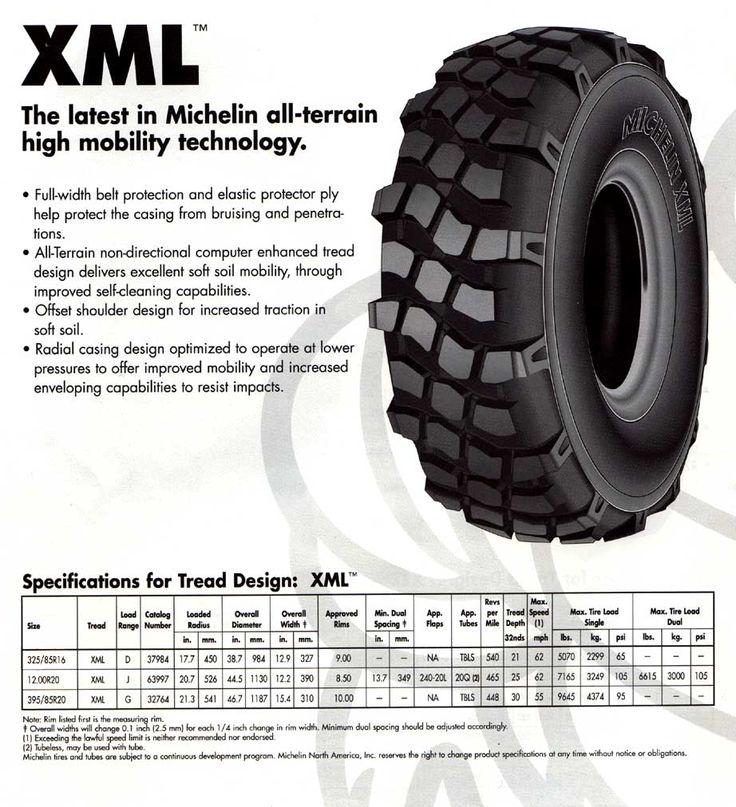
Do not overload the car beyond the norm. 20% excess weight leads to a 30% loss of tire life.
Keep the wheels balanced and check the alignment angles annually.
The main condition for a long tire life is:
- high quality products,
- careful operation,
- proper storage of tires in the off-season,
- timely diagnosis.
The age of tires in standard storage is a minor non-determining factor that should not be taken into account when buying them.
Previous article Next article
Every driver, buying a set of tires, whether winter or summer, is faced with the fact that tires may not always be "fresh". The concept of "freshness", of course, each person has his own. Often tires are stale in warehouses for various reasons. In the practice of our online store, there are similar cases that lead to some not always pleasant discussions with a client or supplier. Therefore, we turned to the leading, in our opinion, manufacturers in the Eastern European segment of the tire market. We chose four manufacturers, in each price category:
Therefore, we turned to the leading, in our opinion, manufacturers in the Eastern European segment of the tire market. We chose four manufacturers, in each price category:
Budget tires - Rosava ;
Average price category (Europe) - Nokian (Nordman) ;
Average price category (Far East) - Nexen ;
Premium tires - Goodyear .
It should be noted that the Nexen Roadstone company (or rather the representative office) asked not to publish their answer in this article. nine0003
In addition, we looked into the State Standards of Ukraine, the Russian Federation and turned to the quality standards of the European Union.
Budget tires (Rosava)
Of course, there are cases when rubber lasts for more than five years, but in such cases, the largest domestic manufacturer Rosava does not guarantee the preservation of all operational standards and advantages.
That is, roughly speaking, if you plan to use tires for 3 years, then be sure to make sure that the tires you buy are under 2 years old. The rest is at your risk. nine0003
Nokian mid-price tires
Since Nokian tires are mainly made in Russia, in this case we contacted the local representative.
Roughly speaking, the manufacturer claims that Nokian tires practically do not lose their properties for 5 years, after this period the tires, alas, no longer meet the original standard. That is, rubber of the middle price segment is used much longer than state employees. nine0003
Goodyear Premium Tires
Goodyear, famous not only for its products, but also for the tires of its sub-brands (Dunlop, Sava, Barum, Fulda, etc.) did not specify the exact life of their wheels, but did provide a few signs when the rubber produced by this company needs to be replaced.
Regarding the service life, a rather vague answer was given:
If we turn to numbers, the shelf life of premium class rubber cannot be lower than the service life of the average price segment tires, so you can calmly focus on 5-10 years. For example, Toyo, on its official website, gives us a figure of 10 years of safe use. Roughly speaking, having bought a five-year-old rubber, you can safely use it for another 5.
For example, Toyo, on its official website, gives us a figure of 10 years of safe use. Roughly speaking, having bought a five-year-old rubber, you can safely use it for another 5.
The information we received during the analysis, you can see on the following graph:
Of course, the above information is not true in the last instance, and rubber storage conditions play a big role. However, we hope this article will give you at least an idea of the tire life of the tire and show you in general terms what the difference is between tires of different classes.
| nine0286 What winter tires to buy? Expensive or cheap? | |
| Tires for electric vehicles - which ones to choose? Driving an electric car is different from driving a car with an internal combustion engine. 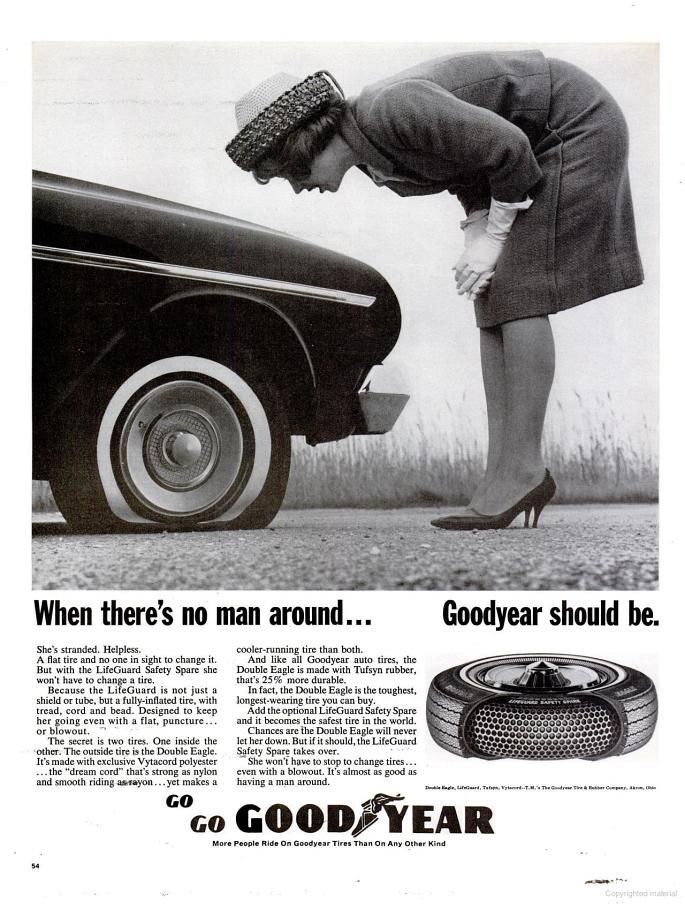 | |